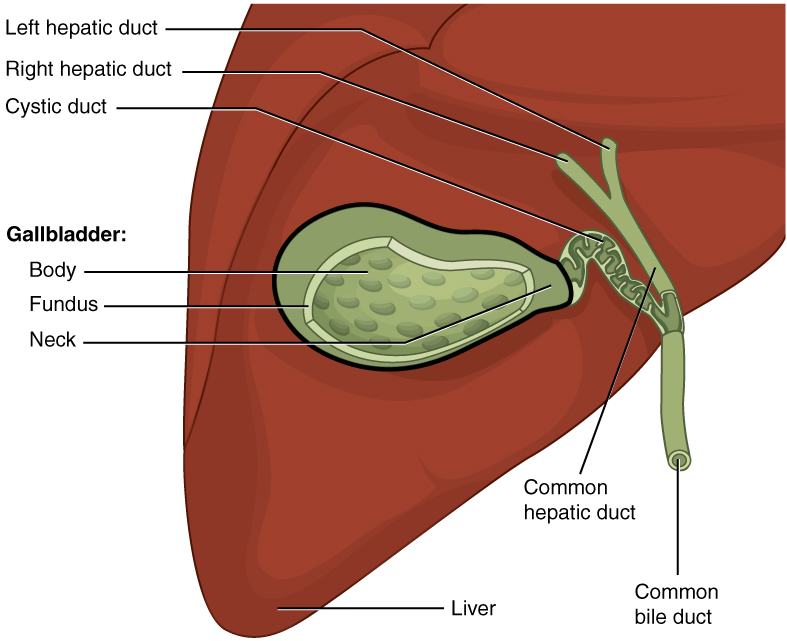Playlist
Show Playlist
Hide Playlist
Segments of the Liver
-
Slides Segments of the Liver.pdf
-
Download Lecture Overview
00:01 So as we've spoken about previously, we mentioned that the liver has four what are known as anatomical lobes. 00:07 These are things you can point out, you can look at, You can demarcate if it's in the lab. 00:11 You can see we have the right lobe, the left lobe, the quadrants and the caudate lobe. 00:16 So these are for what are known as anatomical lobes. 00:20 But actually, what we can do is we can start dividing the liver into functional regions. 00:25 That's important if we want to actually separate parts of the liver during liver transplantation. 00:31 And we need to know the areas of the lobe that cross these anatomical lobes may receive similar blood supplies. 00:38 And that helpful when we're actually looking to dissect a piece of liver away for transplantation. 00:44 What we can see is that the right lobe, we can see on the screen there is actually separate as the right functional lobe. 00:52 The left functional lobe includes the anatomical left lobe, but also the quadrate and the caudate. 00:58 So really, you can see those four anatomical lobes can be split in half. 01:03 We have the right functional lobe, which is the right lobe, and then the left functional lobe, which is the left quadrate and caudate lobes. 01:12 We can take this one step further actually, and start dividing the liver into various different segments. 01:18 Now again, I don't think we need to necessarily go over all of these individual segments, but there are eight segments in total. 01:26 And they're scattered all the way around the liver. 01:29 You can see them on both the anterior and the posterior surface. 01:34 You can see one is tightly weave on within the inferior surface there between the gallbladder, the portal hepatis, and the inferior vena cava. 01:42 You can't see that on the anterior surface towards the right, where you can see segments 2, 3, 4, 5, 6, 7, and 8, so you can see most of them on this anterior surface. 01:54 But on the posterior surface, you can only really see the first liver segment. 01:59 It's important to appreciate that each of these segments has their own blood supply, be at the hepatic portal vein, and the hepatic artery. 02:09 They also then give rise to their own series of hepatic venules and hepatic veins and their own intrahepatic ducts. 02:17 That's important because if you were to separate the liver into various different segments, you know where the bounce approximately, you can take that liver apart, knowing that the remainder left behind will keep some of its function. 02:31 And that's really important when we talk about liver segmentation, talk about segmentectomy or lobectomy of the liver when we talk about liver transplantation. 02:41 So this is really, really important when we're thinking about liver transplantation To a certain extent that you can remove the entire right side of the liver as you can see there, knowing that segments 5, 6, 7, 8 can be removed and 2, 3, 4, which you can see there and also one can retain in their position.
About the Lecture
The lecture Segments of the Liver by James Pickering, PhD is from the course Anatomy of the Liver and Gallbladder.
Included Quiz Questions
Which vessel is separate from the porta hepatis?
- Hepatic vein
- Hepatic portal vein
- Hepatic artery
- Bile/hepatic duct
Which anatomical lobe(s) contribute to the left functional lobe?
- Left, caudate, and quadrate
- Left only
- Left and caudate
- Left and quadrate
- Left and right
Customer reviews
5,0 of 5 stars
| 5 Stars |
|
5 |
| 4 Stars |
|
0 |
| 3 Stars |
|
0 |
| 2 Stars |
|
0 |
| 1 Star |
|
0 |





